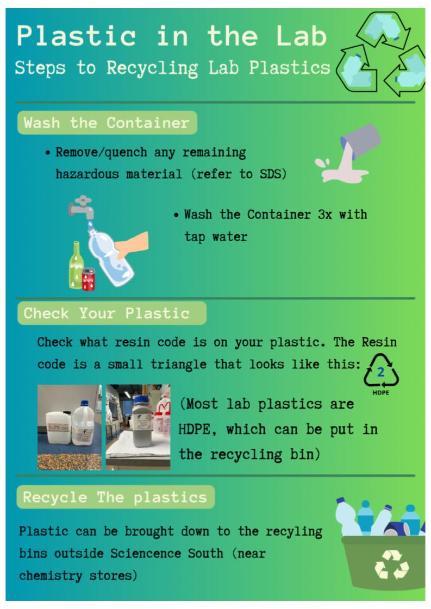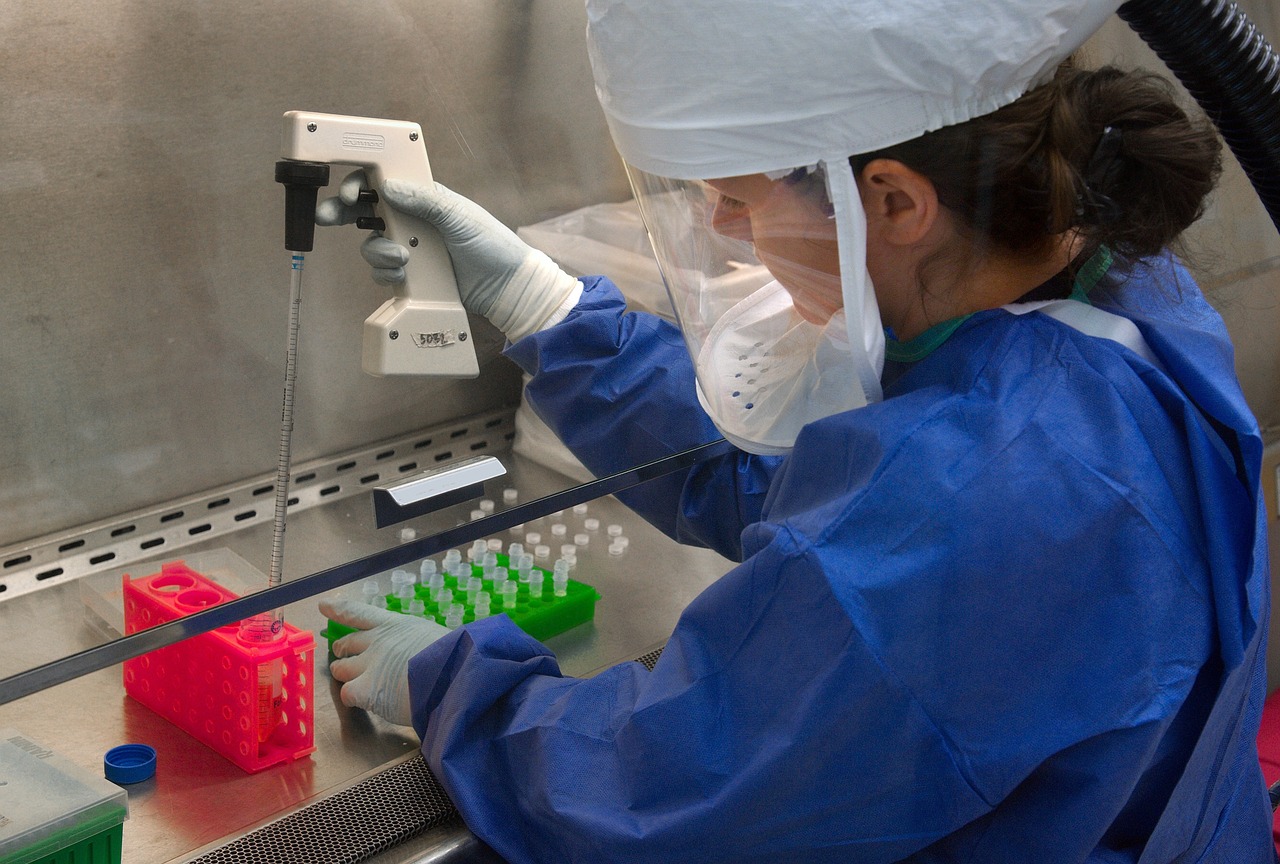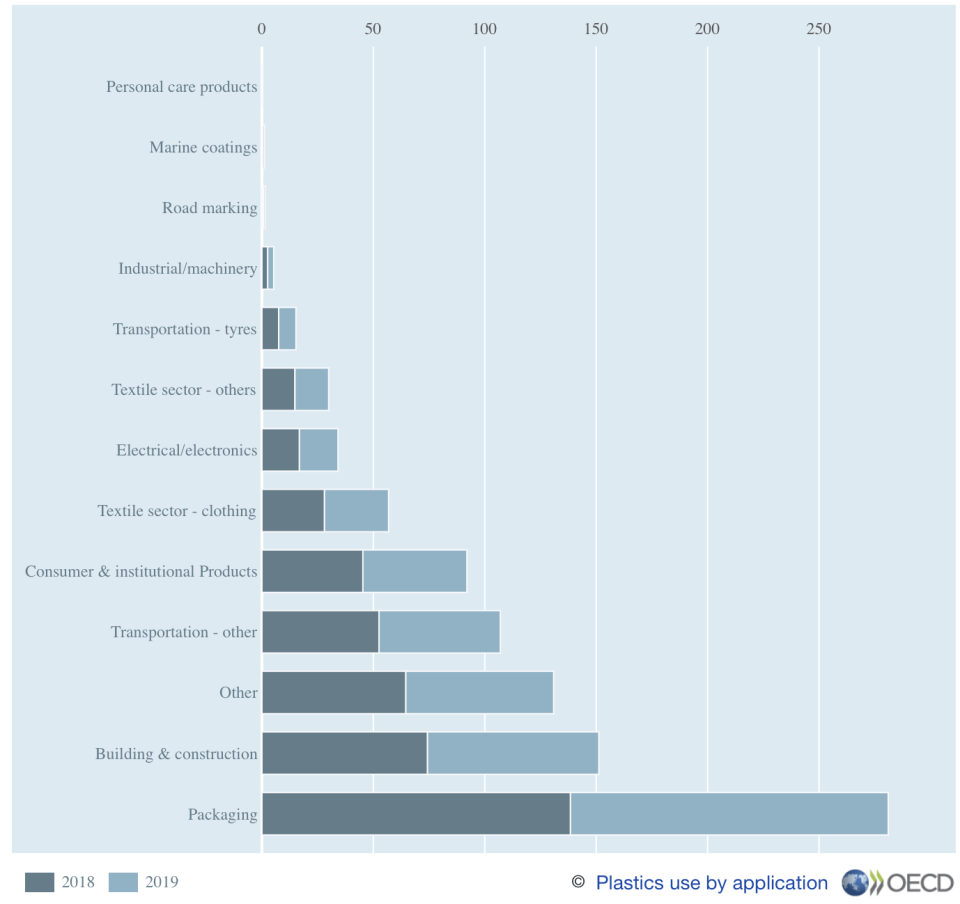

Plastic
Ways to reduce Single Use Plastics
-
Opt for reusable glassware and plasticware whenever possible, reducing the need for disposable items like pipette tips, culture dishes, and sample containers can replace their disposable counterparts.
-
Refiling and reusing solvent containers can also help reduce the consumption of single-use plastic bottles. Choosing eco-friendly alternatives for disposable items, such as biodegradable plastic and smaller or appropriately-sized plastic consumables helps minimise waste. Utilising alternative items made from more sustainable materials, such as glass or metal, can replace single-use plastics effectively.
-
Reuse of tip boxes for pipettes and consideration of glove sizes to reduce waste are also practical approaches.
- Careful experiment planning can avoid unnecessary plastic usage during procedures.
- Donate ice/gel packs to other labs who might find a use for them. If it says non-toxic on the packets, the liquid/gel can be disposed of down the sink/bin and the packaging recycled
Global Plastics Outlook, Organisation for Economic Cooperation and Development (OECD) 2022

Table 1: Plastic waste generation per capita (2019)
In terms of waste per capita, there are stark differences across the world (Table 1). The United States had the largest plastic waste footprint in 2019, at 221 kg per capita, while OECD Europe had 114 kg plastic waste per capita. Japan and Korea’s plastic waste generation is relatively low for industrialised countries, averaging 69 kg per capita. Finally, China generated 47 kg of plastic waste per inhabitant in 2019, while India generated only 14 kg per inhabitant.


